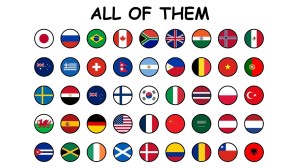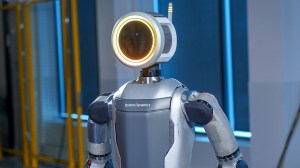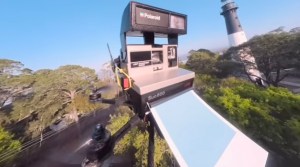Bioengineers at Stanford University have created the “paperfuge”, blood centrifuge inspired by a children’s toy that costs only 20 cents to make. The simple device can be used in remote areas without access to electricity or more advanced equipment, allowing doctors and healthcare workers around the world to diagnose diseases like malaria, HIV, and African sleeping sickness.
The centrifuge allows operators to spin samples of blood at speeds up to 125,000 rpm and separate plasma from red blood cells in about 90 seconds. The team published their work in a paper in the journal Nature.
Inspired by a whirligig toy, Stanford bioengineers have developed an ultra-low-cost, human-powered blood centrifuge. With rotational speeds of up to 125,000 revolutions per minute, the device separates blood plasma from red cells in 1.5 minutes, no electricity required. A centrifuge is critical for detecting diseases such as malaria, African sleeping sickness, HIV and tuberculosis. This low-cost version will enable precise diagnosis and treatment in the poor, off-the-grid regions where these diseases are most prevalent.






